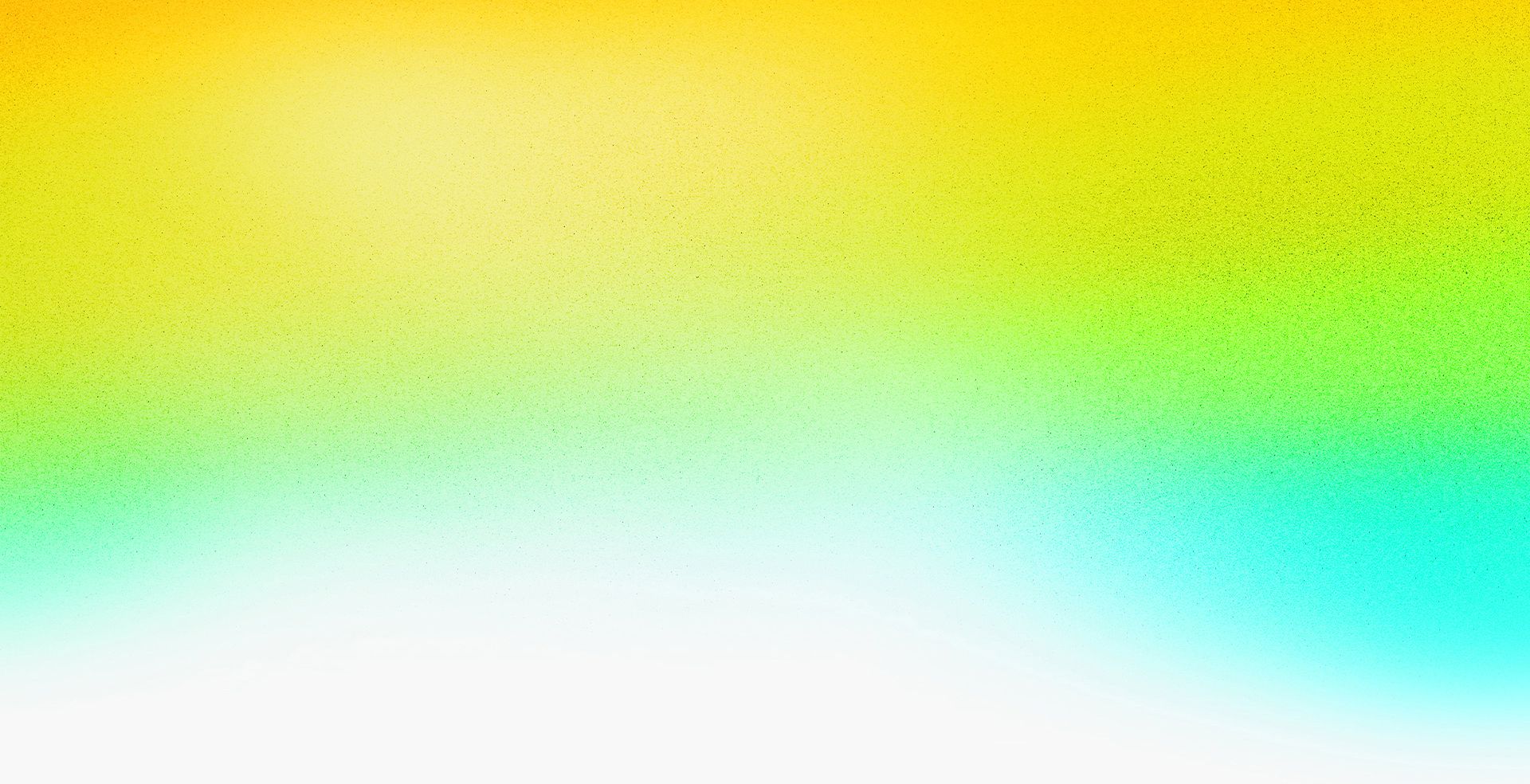Closed captions in English can be accessed in the video player.
Building Brands: From Brand Strategy to Social Content


Speakers
-

Co-Founder and Creative Director, Day Job
Featured Products
-
Adobe Express
Free trial
No resources available for this session
Session Resources
About the Session
Take a look at the world of branding with Rion Harmon, co-founder of Day Job, “The Millennial and Gen Z Creative Agency of Choice.” Walk through the strategic nuances and creative insights behind the success stories of brands he has built, including Recess and Fly by Jing.
In this session, we’ll cover:
- Crafting a compelling brand identity: Delve into the foundational principles essential for designing a brand that captivates and resonates.
- Leveraging social platforms for brand expression: Discover the dynamic potential of social media for brand amplification and meaningful engagement.
- Curating on-brand content: Gain insights into curating content that aligns with your brand’s identity and connects with your target audience.
- Easy ways to create on-brand content: Explore how Adobe Express can enhance your content creation process.
Category: Industry Best Practices
Track: Social Media and Marketing
Audience: Art/Creative Director, Business Strategist/Owner, Educator, Government, Graphic Designer, Photographer, Social Media Content Creator, Marketer
This content is copyrighted by Adobe Inc. Any recording and posting of this content is strictly prohibited.
By accessing resources linked on this page ("Session Resources"), you agree that 1. Resources are Sample Files per our Terms of Use and 2. you will use Session Resources solely as directed by the applicable speaker.
Not sure which apps are best for you?
Take a minute. We’ll help you figure it out.